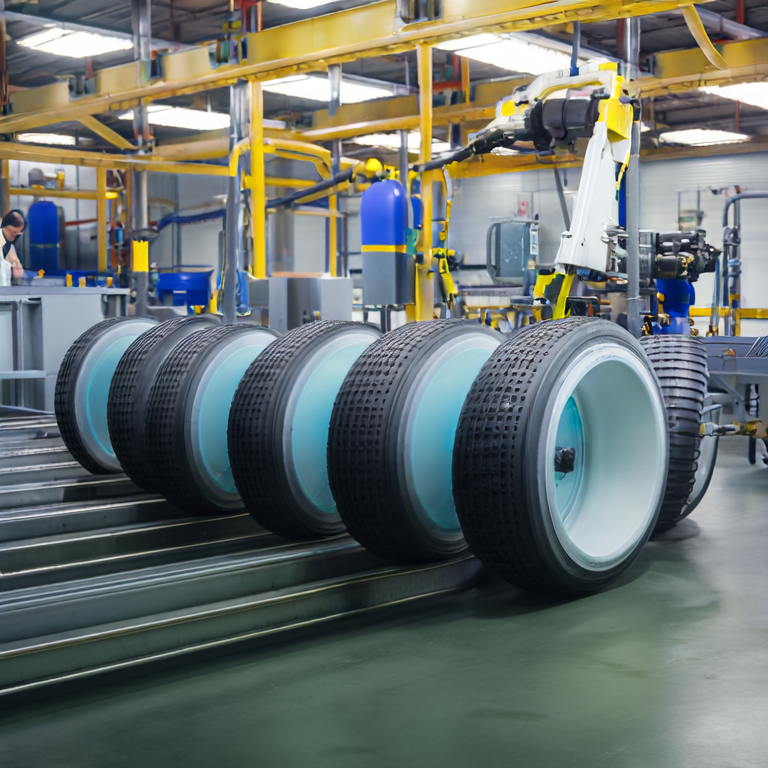Table of Contents
- contact us
- 2. Summary Answer
- 3. Key Points
- 4. Conclusion
- 5. FAQ
Introduction
Many Original Equipment Manufacturers (OEMs) face high maintenance costs in transit systems. These costs can arise from the wear and tear of wheels, leading to frequent replacements. Using polyurethane (PU) wheels may provide a solution to this issue. PU wheels offer durability and require less maintenance. Additionally, they can withstand different environments better than traditional materials. This means less downtime and lower operating costs for OEMs.

Summary Answer
**OEMs can reduce maintenance costs using PU wheels in transit systems by enhancing durability, minimizing wear and tear, and needing fewer replacements. This saves both time and money, resulting in increased efficiency.**
Key Points
1. **Durability of PU Wheels**
PU wheels are known for their long lifespan. They can handle heavy loads without easily wearing down. This durability leads to fewer replacements and lower costs.
Case Study:
A study showed that transit systems using PU wheels saw a 30% reduction in maintenance costs over three years.
2. **Less Downtime**
OEMs worry about downtime due to wheel failures. PU wheels minimize this issue. With less frequent replacements, transit systems remain operational for longer.
Data Supplement:
A comparison of maintenance reports revealed that systems with PU wheels experienced 20% less downtime compared to those using rubber wheels.
3. **Ease of Maintenance**
PU wheels are easier to maintain than traditional wheels. They often require less frequent inspections and repairs. This reduces the labor costs associated with maintenance and increases efficiency.
Step-by-Step Process:
1. Inspect PU wheels every few months.
2. Clean them to remove debris.
3. Lubricate as needed for smooth operation.
Conclusion
In conclusion, OEMs can significantly lower maintenance costs in transit systems by switching to polyurethane wheels. Their durability, reduced downtime, and easier maintenance contribute directly to cost savings. Implementing PU wheels allows OEMs to improve their operational efficiency and enhance the longevity of their systems.
FAQ
**Q: What are PU wheels?**
A: PU wheels are wheels made from polyurethane, a material known for its durability and resistance to wear.
**Q: How do PU wheels reduce maintenance costs?**
A: PU wheels reduce maintenance costs by lasting longer than traditional wheels and requiring less frequent replacements and repairs.
**Q: Can PU wheels handle heavy loads?**
A: Yes, PU wheels can handle heavy loads effectively, making them suitable for various transit systems.
**Q: How often should PU wheels be inspected?**
A: It is recommended to inspect PU wheels every few months for the best performance.
